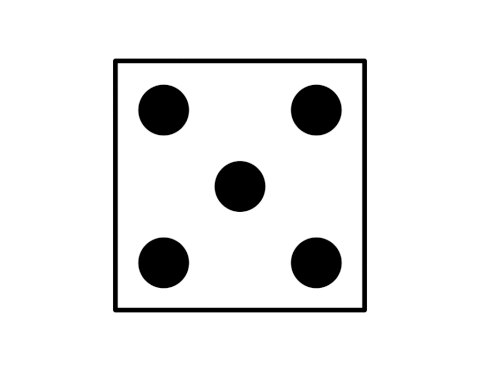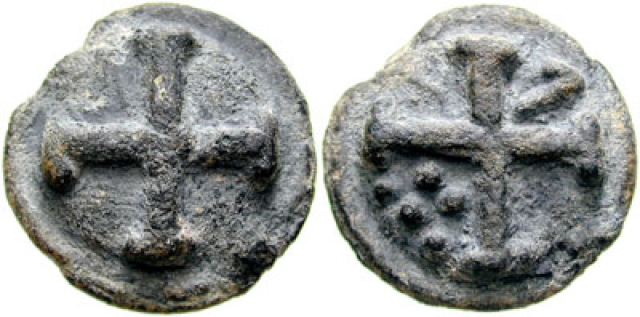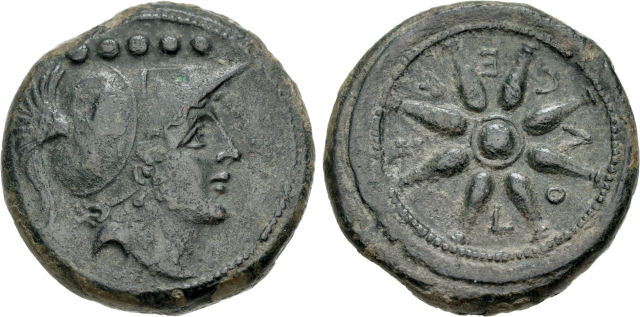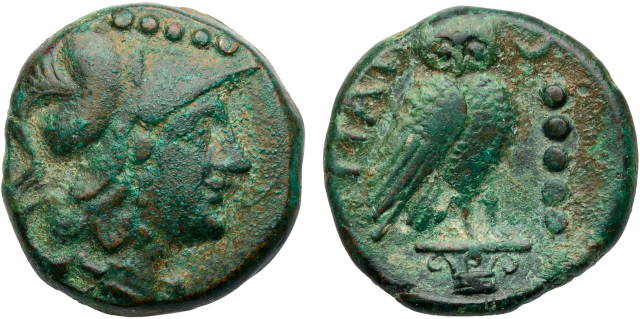Mark Dominus (陶敏修)
mjd@pobox.com

Archive:
| 2025: | JFMAMJ |
| JAS | |
| 2024: | JFMAMJ |
| JASOND | |
| 2023: | JFMAMJ |
| JASOND | |
| 2022: | JFMAMJ |
| JASOND | |
| 2021: | JFMAMJ |
| JASOND | |
| 2020: | JFMAMJ |
| JASOND | |
| 2019: | JFMAMJ |
| JASOND | |
| 2018: | JFMAMJ |
| JASOND | |
| 2017: | JFMAMJ |
| JASOND | |
| 2016: | JFMAMJ |
| JASOND | |
| 2015: | JFMAMJ |
| JASOND | |
| 2014: | JFMAMJ |
| JASOND | |
| 2013: | JFMAMJ |
| JASOND | |
| 2012: | JFMAMJ |
| JASOND | |
| 2011: | JFMAMJ |
| JASOND | |
| 2010: | JFMAMJ |
| JASOND | |
| 2009: | JFMAMJ |
| JASOND | |
| 2008: | JFMAMJ |
| JASOND | |
| 2007: | JFMAMJ |
| JASOND | |
| 2006: | JFMAMJ |
| JASOND | |
| 2005: | OND |
Subtopics:
| Mathematics | 245 |
| Programming | 99 |
| Language | 95 |
| Miscellaneous | 75 |
| Book | 50 |
| Tech | 49 |
| Etymology | 35 |
| Haskell | 33 |
| Oops | 30 |
| Unix | 27 |
| Cosmic Call | 25 |
| Math SE | 25 |
| Law | 22 |
| Physics | 21 |
| Perl | 17 |
| Biology | 16 |
| Brain | 15 |
| Calendar | 15 |
| Food | 15 |
Comments disabled
Sun, 25 May 2025
Mystery of the quincunx's missing quincunx
A quincunx is the X-shaped pattern of pips on the #5 face of a die.
It's so-called because the Romans had a common copper coin called an as, and it was divided (monetarily, not physically) into twelve uncia. There was a bronze coin worth five uncia called a quīncunx, which is a contraction of quīnque (“five”) + uncia, and the coin had that pattern of dots on it to indicate its value.
Uncia generally meant a twelfth of something. It was not just a twelfth of an as, but also a twelfth of a pound , which is where we get the word “ounce”, and a twelfth of a foot, which is where we get the word “inch”.
The story I always heard about the connection between the coin and the X-shaped pattern of dots was the one that is told by Wikipedia:
Its value was sometimes represented by a pattern of five dots arranged at the corners and the center of a square, like the pips of a die. So, this pattern also came to be called quincunx.
Or the Big Dictionary:
… [from a] coin of this value (occasionally marked with a pattern resembling the five spots on a dice cube),…
But today I did Google image search for qunicunxes. And while most had five dots, I found not even one that had the dots arranged in an X pattern.
(I believe the heads here are Minerva, goddess of wisdom. The owl is also associated with Minerva.)
Where's the quincunx that actually has a quincuncial arrangement of dots? Nowhere to be found, it seems. But everyone says it, so it must be true.
Addenda
The first common use of “quincunx” as an English word was to refer to trees that were planted in a quincuncial pattern, although not necessarily in groups of exactly five, in which each square of four trees had a fifth at its center.
Similarly, the Galton Box, has a quincuncial arrangement of little pegs. Galton himself called it a “quincunx”.
The OED also offers this fascinating aside:
Latin quincunx occurs earlier in an English context. Compare the following use apparently with reference to a v-shaped figure:
1545 Decusis, tenne hole partes or ten Asses...It is also a fourme in any thynge representyng the letter, X, whiche parted in the middel, maketh an other figure called Quincunx, V.
which shows that for someone, a quincuncial shape was a V and not an X, presumably because V is the Roman numeral for five.
A decussis was a coin worth not ten uncia but ten asses, and it did indeed have an X on the front. A five-as coin was a quincussis and it had a V. I wonder if the author was confused?
The source is Bibliotheca Eliotæ. The OED does not provide a page number.
It wasn't until after I published this that I realized that today's date was the extremely quincuncial 2025-05-25. I thank the gods of chance and fortune for this little gift.
[Other articles in category /history] permanent link






